
Most of us are a bit too familiar with that tell tale doggie odor. The scent of days spent frolicking in the local pond or rolling around with other canines at the local park. While most dogs could care less about their odiferous state, we as owners know that it can only mean one thing – Bath time!
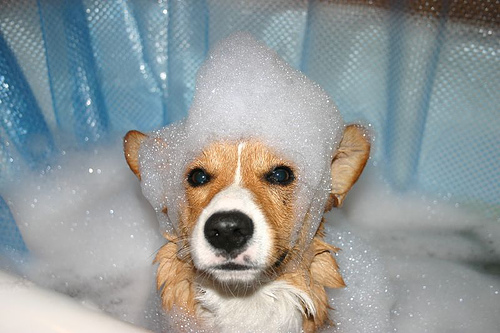
Here are some important hints and tips to consider when you are preparing to bathe your dog:
Less is More: While baths may make your pup smell better, over bathing can lead to skin irritation. The process of bathing removes some of the natural oils from a dog’s coat. If you do this too much, you can damage your dog’s fur. One trip to the tub a month is plenty for most breeds (unless they roll in something incredibly sticky or smelly!)
Shampoos abound! There are almost as many shampoos formulated for dogs as there are for humans.
Standard (run of the mill) Dog Shampoos: These are usually perfumed to make your dog smell fresh and clean. (Be careful using these if your pooch has sensitive skin. The scents can be irritating to dogs with allergies).
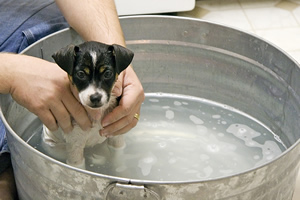
Oatmeal Based Shampoos: These shampoos are usually very gentle and aid in moisturizing the skin. Oatmeal is known for its anti-itch properties and can often be used for more frequent bathing.
Medicated Shampoos: Sometimes medicated baths are prescribed to treat a variety of skin conditions. If this is the case, your veterinarian will send you home with a medicated shampoo. Sometimes these contain anti-fungal or antibiotic ingredients as well as cleansers.
Flea and Tick Shampoos: These shampoos usually contain an insecticide derived from the Chrysanthemum plant called Pyrethrins. You must follow the instructions carefully on the bottle to make sure the product is used safely and correctly.
Warning: The synthetic version of Pyrethrins is called Permethrin and is much more toxic than the natural derivative. Products containing Permethrins will be labeled “For Use on Dogs Only” as the ingredient is extremely toxic to cats. This toxicity can be so extreme that these products should not be used in homes where cats will have contact with dogs in case the cat licks the remnants of the product. This toxicity can occur in dogs as well. Signs to watch out for include:
If you feel your dog may be experiencing a reaction to a flea and tick shampoo, get him to your veterinarian right away!
Location is Everything: You want to make bathing a positive experience for your dog. This means avoid spraying him with the cold water directly from the garden hose! (unless he likes that kind of thing!) In warm weather you can choose a sunny spot where you will avoid making a mud pit and fill a washtub with a few inches of water. Then you can rinse your dog with the water that is warming in the hose. If this option doesn’t work for you, there are outdoor bathing tubs that have a temperature control valve built into them. These tubs are raised (preventing an aching back and knees!) and often hook into the water supply of your washing machine. Of course, you can always bathe your dog in the bathtub! I recommend getting a detachable shower sprayer with multiple spray settings to aid in the wetting and rinsing process. It is also advisable to purchase a “no slip” rubber mat to prevent your dog from sliding around the tub (and scratching the ceramic surface with her nails).
Ear Care: Placing some cotton balls in the ears is a good way to prevent water from getting into the ear canal. This can lead to ear infections. Remember to remove them after the bath!
Start at the Head: I always tell owners to start at the head when they are bathing their dogs. After thoroughly wetting down the dog (using a cup to gently pour water onto your dog - *never* spray water directly onto your dogs face or head), start by rubbing shampoo onto his head, under his chin, behind the ears, etc. Be very careful to avoid his eyes. If you feel more comfortable you can use a washcloth and apply the shampoo to the cloth and then rub it onto your dog. Work your way backwards down the back, under the stomach, limbs, etc. Most dogs are more tolerant at the beginning of the bath and dealing with the head first seems to go over better. Also it is much easier to get a dog to sit down in the tub to rinse off his tail-end than his face! You may as well take advantage of this natural fact and let him do some of the work! Once your dog is well-lathered you can begin carefully rinsing him using the cup or a gentle spray (not on the head). Again, care should be taken to avoid the soap running into the eyes.
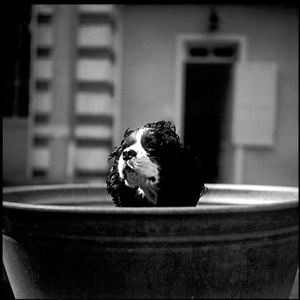
Dog Towels: Some people designate special towels for their dogs. There are even towels out there that hold an enormous amount of moisture and virtually “suck” water from your dog’s coat! Squeeze the excess water out of your dog’s coat while he is still in the tub and be prepared for the famous “shake off” when he exits!
More Drying Tips: If you are bathing in a warm month, you can bring your pup outside and let him dry off in the confines of a crate or pen. You don’t want to let them run free as damp dogs love to roll and will quickly ruin all of your hard work! Commercial type dog dryers can be purchased if you have a breed that needs frequent bathing and grooming. Human hair dryers can be used, but often dogs are spooked by the loud noise they make. If you do use a conventional dryer make sure to only use it on the lowest setting. Keep your dog indoors until he is completely dry.
Make bathing a positive experience! Talk to your dog while you are bathing her! Provide treats for her when she is sitting calmly and doing what you would like her to do. I know one person who sings to his dogs while he is bathing them! You want to associate cleanliness with fun times and great rewards! Even if you are soaking wet by the end of the process, the whole ordeal shouldn’t be a stressful one for you or your dog.
 How to Pick the Perfect Dog Name
How to Pick the Perfect Dog Name
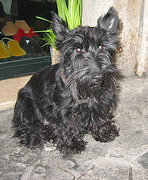 Scottish Terrier Breeder Interview: Cindy Cooke Tells Us About Scotties
Scottish Terrier Breeder Interview: Cindy Cooke Tells Us About Scotties
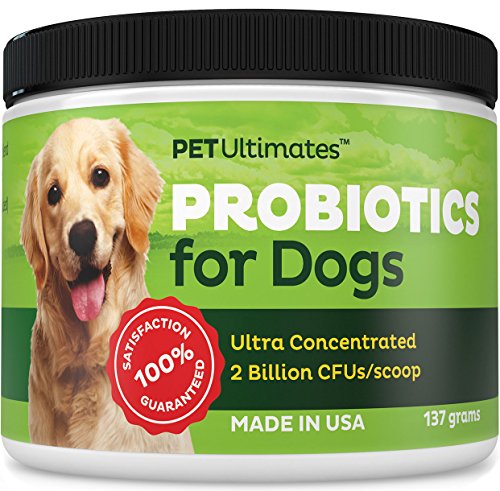 Heartburn in Dogs
Heartburn in Dogs
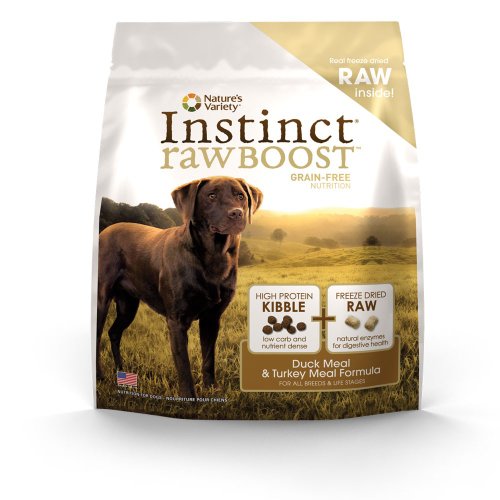 Natures Variety Instinct Raw Dog Food: Best Choice for Your Treasured Pet
Natures Variety Instinct Raw Dog Food: Best Choice for Your Treasured Pet
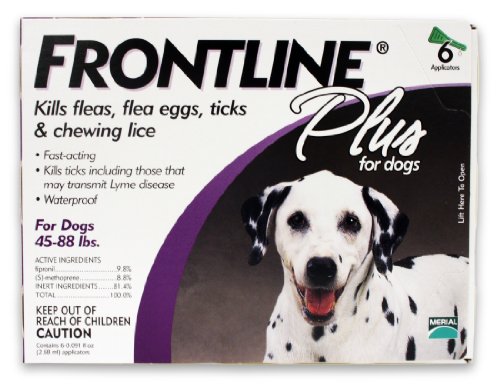 Important Tips on Choosing and Caring for Our Dogs and Best Friends
Important Tips on Choosing and Caring for Our Dogs and Best Friends
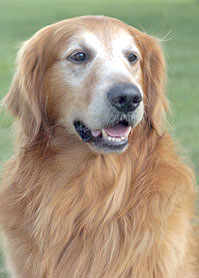 25 Heroic Dogs and How They Saved People
25 Heroic Dogs and How They Saved People
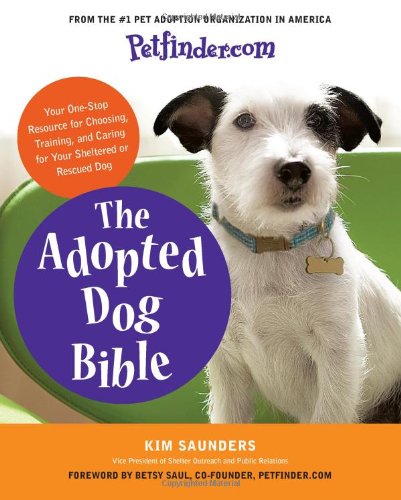 Do You Deserve Your Dog?
Credit: sixninepix
Do You Deserve Your Dog?
Credit: sixninepix
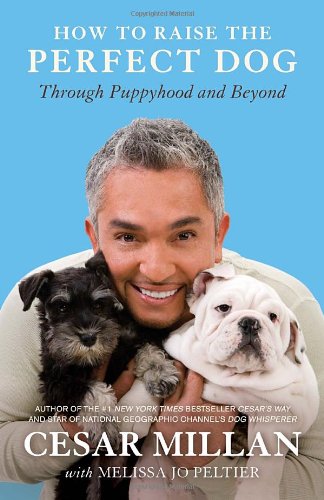 How To Stop A Dog From Escaping
We love our dogs. After all,
How To Stop A Dog From Escaping
We love our dogs. After all,
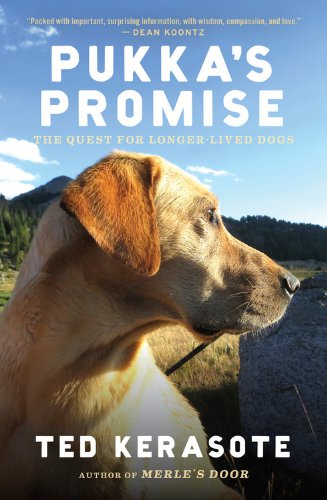 Can Your Dog Live Longer?
Live Long and PlayMans best
Can Your Dog Live Longer?
Live Long and PlayMans best
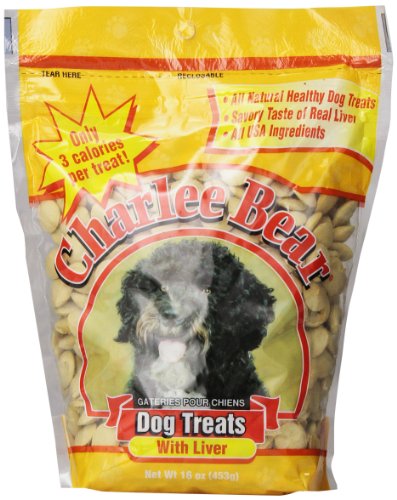 How Not To Use Treats In Dog Training
Treats are a valuable traini
How Not To Use Treats In Dog Training
Treats are a valuable traini
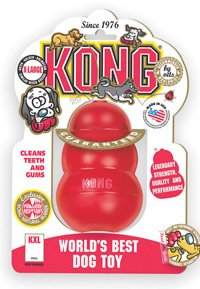 Choosing the best dog toys for your dog or puppy
Choosing the Best Dog Toys - Plus Our Favorites!
Choosing t
Choosing the best dog toys for your dog or puppy
Choosing the Best Dog Toys - Plus Our Favorites!
Choosing t
Copyright © 2005-2016 Pet Information All Rights Reserved
Contact us: www162date@outlook.com